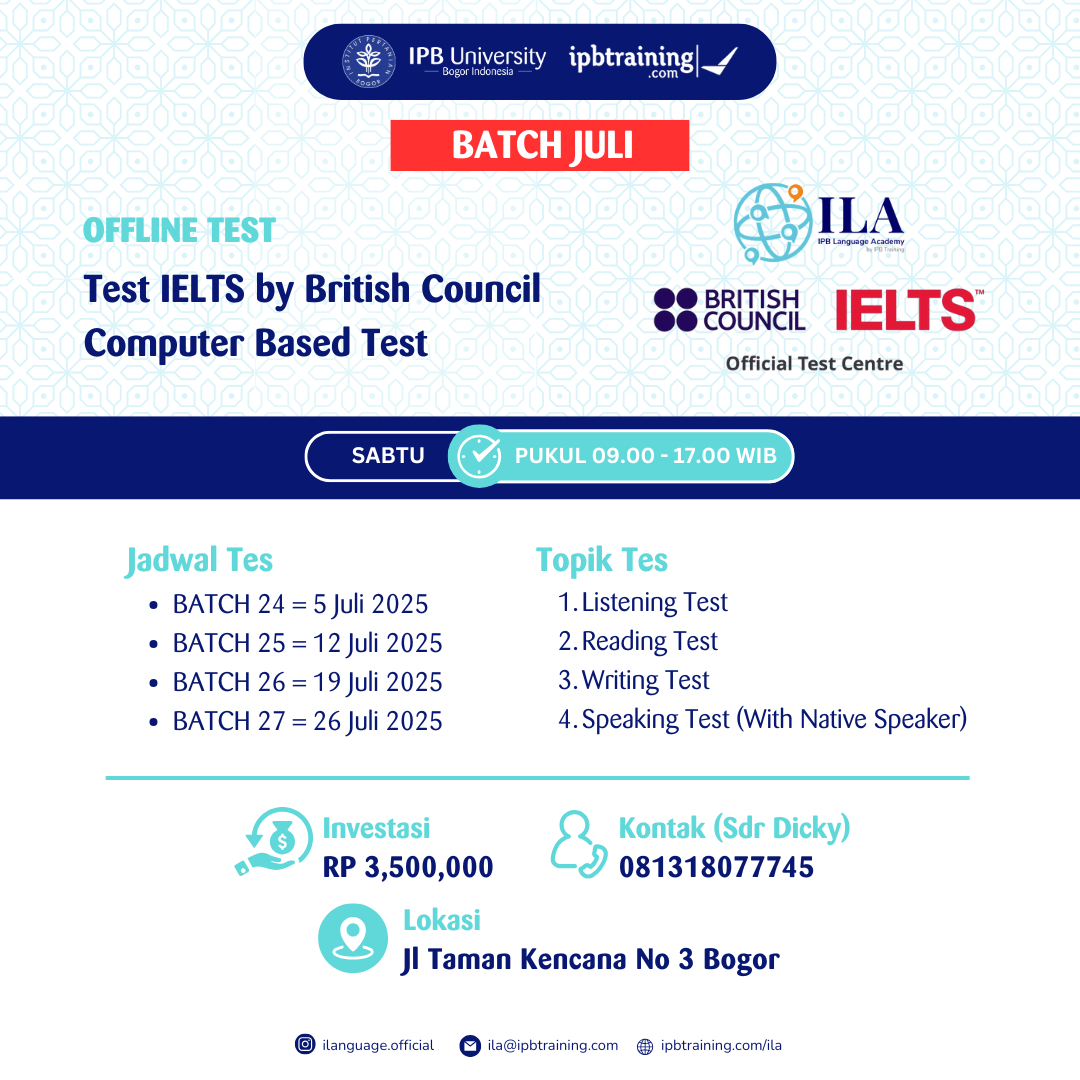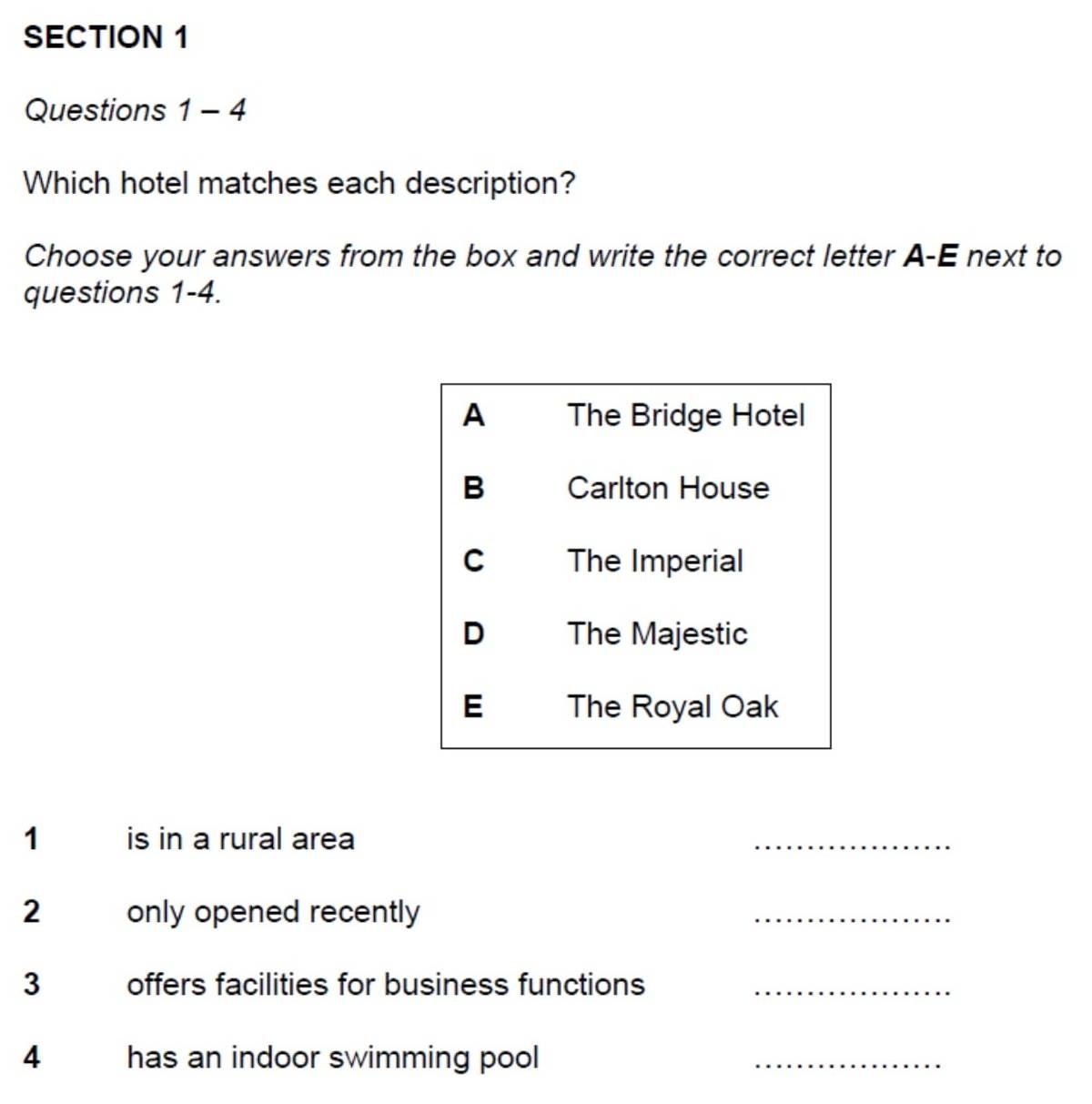IELTS, which stands for International English Language Testing System, is a globally recognized English language proficiency test. It is designed to assess the language abilities of individuals who wish to study or work in English-speaking countries. The test is accepted by over 10,000 organizations worldwide, including universities, employers, immigration authorities, and professional bodies.
There are two versions of the IELTS test: Academic and General Training. The Academic test is for those who want to study at a university level, while the General Training test is for those seeking to work or migrate to an English-speaking country. Both versions consist of four sections: Listening, Reading, Writing, and Speaking.
The Listening section of the test involves listening to recordings of native English speakers and answering questions based on the information heard. The Reading section assesses the ability to understand and interpret written texts, while the Writing section requires test-takers to respond to prompts in written form. The Speaking section is a face-to-face interview with a certified examiner, where candidates are evaluated on their ability to communicate effectively in English.
Scoring on the IELTS test is done on a scale of 0 to 9, with each section receiving a band score. The overall band score is an average of the four section scores and is rounded to the nearest half band. Different organizations have varying score requirements for admission or employment, so it is essential to check the specific requirements of the institution or employer you are applying to.
Preparing for the IELTS test is crucial to achieving a high score. There are numerous resources available, such as practice tests, study guides, and courses, to help candidates improve their English language skills. It is recommended to familiarize oneself with the test format and practice regularly in all four sections to build confidence and proficiency.
In conclusion, the IELTS test is a valuable tool for individuals looking to demonstrate their English language proficiency for academic, professional, or immigration purposes. By understanding the test format, preparing effectively, and practicing diligently, test-takers can increase their chances of achieving their desired band score and reaching their goals of studying or working in an English-speaking environment.




